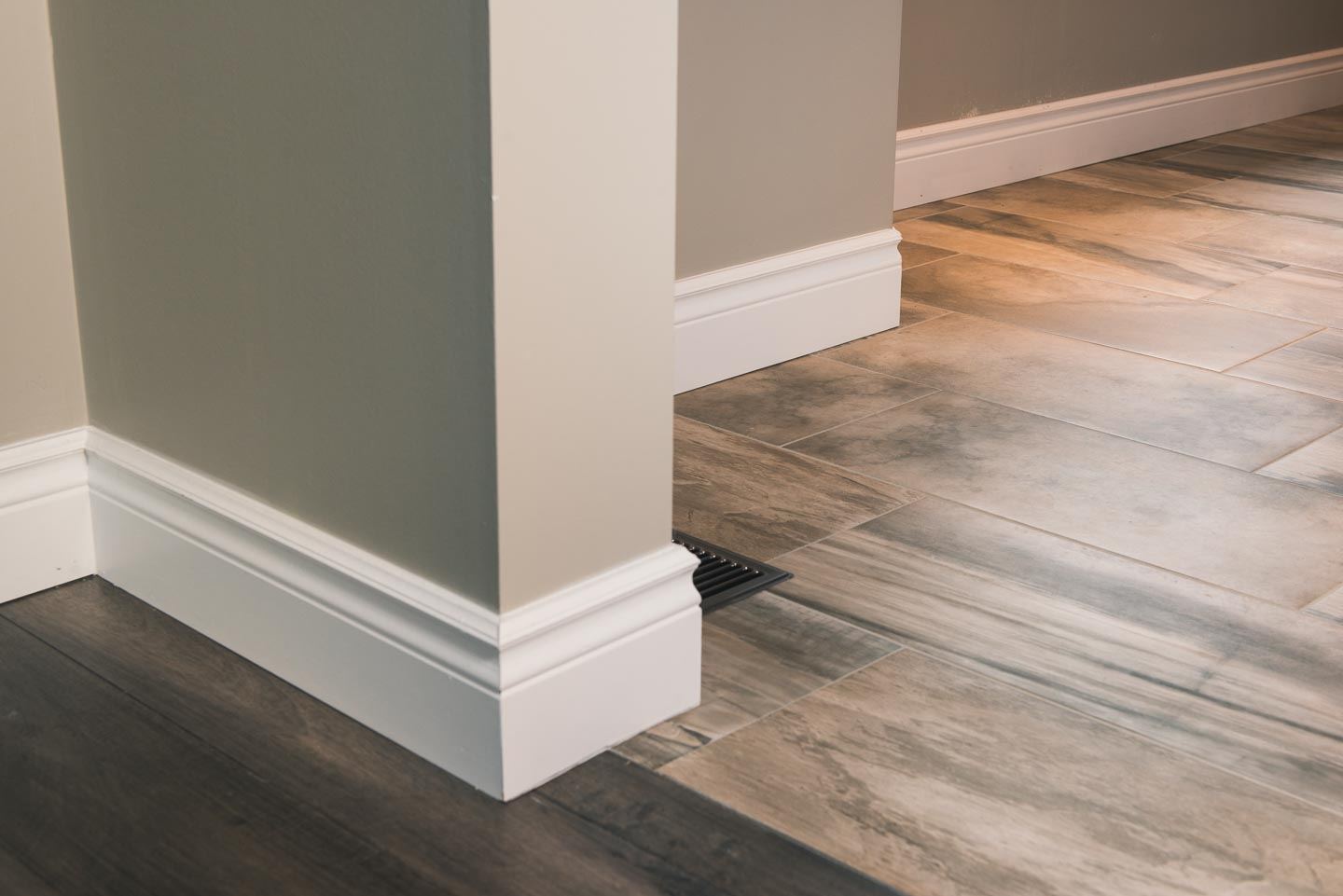Aesthetic Considerations of Shoe Molding on Cabinets

Shoe molding, that often-overlooked detail, plays a surprisingly significant role in the overall aesthetic appeal of kitchen and bathroom cabinetry. Its subtle presence can elevate a design from ordinary to extraordinary, or conversely, detract from a carefully curated look if not chosen thoughtfully. Understanding the nuances of style, material, and its interaction with existing architectural features is crucial for achieving a harmonious and visually pleasing result.
Shoe Molding Styles and Materials
The selection of shoe molding should complement the overall cabinet style. A variety of profiles, materials, and finishes are available to suit diverse design preferences. The following table illustrates some popular options:
| Molding Profile | Material | Visual Impact | Suitable Cabinet Style |
|---|---|---|---|
| Simple Cove | Painted MDF | Clean, minimalist | Modern, Shaker |
| Ogee | Solid Wood (Oak) | Traditional, elegant | Traditional, Craftsman |
| Beadboard | PVC | Textured, casual | Coastal, Farmhouse |
| Quarter Round | Lacquered Wood | Subtle, refined | Contemporary, transitional |
Visual Effects on Different Cabinet Finishes, Shoe molding on cabinets
The impact of shoe molding is significantly influenced by the cabinet’s finish. Consider these visual contrasts:
Shoe molding on cabinets – The interplay between shoe molding and cabinet finish is key to achieving the desired aesthetic. A carefully considered choice can create a cohesive and visually appealing look.
- Painted Cabinets: A contrasting shoe molding color can create a defined baseboard effect, adding visual interest. Matching the molding to the cabinet color provides a seamless, unified look.
- Stained Cabinets: A wood shoe molding that complements the stain color creates a warm, cohesive feel. Using a contrasting, darker wood can add depth and sophistication.
- Lacquered Cabinets: A high-gloss lacquered shoe molding can enhance the sleek, modern aesthetic of lacquered cabinets. A matte finish molding can provide a subtle counterpoint to the high-gloss shine.
Shoe Molding and Architectural Details
Shoe molding’s interaction with existing architectural features requires careful consideration. It can either enhance or detract from the overall design.
Proper integration of shoe molding with existing architectural details is crucial for a cohesive design. Poorly chosen molding can clash with existing elements, creating a visually jarring effect.
- Enhancing Existing Details: Matching the molding profile to existing crown molding or baseboard styles can create a cohesive and visually appealing flow throughout the space. For instance, a simple cove molding might complement a minimalist architectural style.
- Detracting from Existing Details: Using a highly ornate shoe molding in a space with simple, clean lines can create visual dissonance. A clash of styles can result in a disjointed and unappealing look. For example, a heavily ornamented molding might overwhelm a modern minimalist kitchen.
